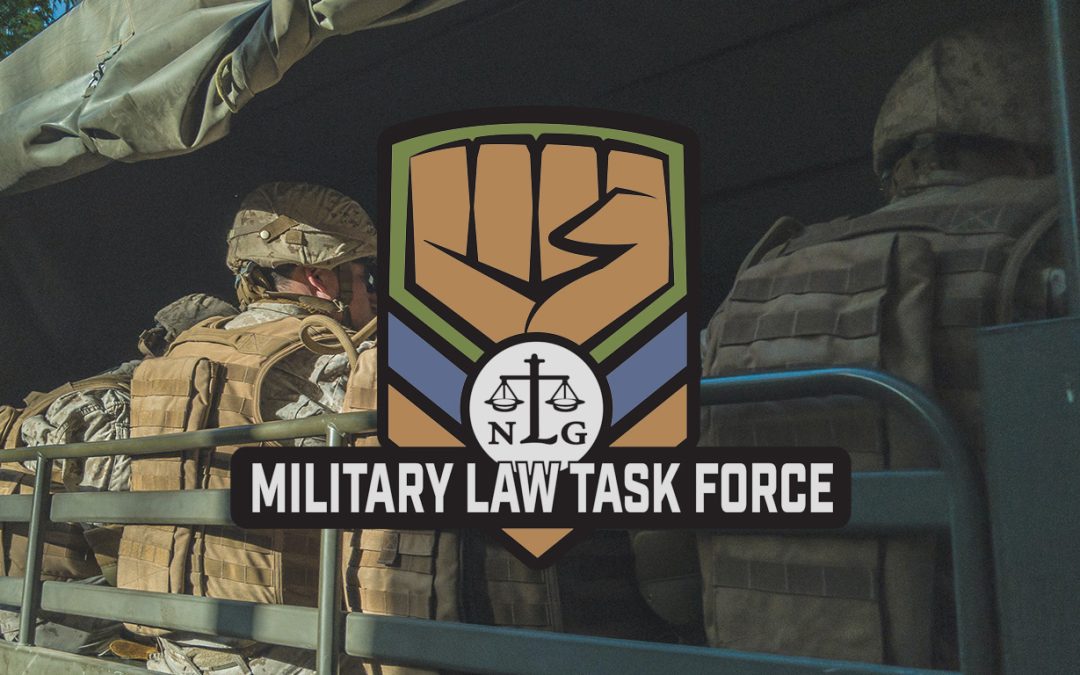Regulations defining reasonable commuting distance for reservists have changed.
BY BILL GALVIN
The Spring 2019 issue of On Watch (Vol. 30 No. 1) included an article about assisting reservists who live distant from their unit when their commanders insist they travel an unreasonable distance to attend drills. When reservists move outside of a reasonable commuting distance to their drilling location, they should be transferred to a unit that is within commuting distance of where they now live, or, if that is not possible, transferred to the IRR. Since that article was published, 32 CFR 100.6, which defined reasonable commuting distance as 100 miles (or in some cases 50 miles) has been rescinded. While the DoD and each branch of the military still have regulations about commuting distance, that distance is no longer clearly defined in the DoD regulation.
The regulation states, “The Secretary concerned or the Commandant of the USCG may determine commuting area in accordance with the Joint Travel Regulations (Reference (v)), taking into consideration modes of travel, local traffic conditions, weather, and safety of the members.” (DODI 1215.13.) This appears to give the command some wiggle room, and experience suggests that commands will take advantage of that. While it was often a struggle to get commanders to follow the law when it was clearly defined (100 miles), we anticipate even greater problems getting commands to comply with this new undefined standard.
The Joint Travel Regulations dated Dec. 1, 2019 state, “The DoD installation, base, or senior commanders must establish, in a written directive, the local area. . . The ‘local area’ is defined as the area within the PDS [Permanent Duty Station] limits and the metropolitan area around the PDS served by the local public transit systems; the local commuting area as determined by the AO [Approving Official] or local Service or DoD Agency; and the separate cities, towns, or installations among which the public commutes on a daily basis. An arbitrary distance radius must not be defined for the local commuting area.” (JTR paragraph 0206).
This new standard might actually be better than the old standard. Few metropolitan areas served by public transit extend as far as 100 miles. And concerning “separate cities, towns, or installations among which the public commutes on a daily basis” traveling 100 miles, or even 50 miles is not the norm in most places. So the commuting areas that commands must establish should be less than the previous commuting distance of 100 miles if the commands follow the regulations.
What does this mean for counselors? The advice in the previous article still holds: When someone moves, they should notify their chain of command in writing. If they’ve moved outside of a reasonable commuting distance, they should request that they be transferred to a unit that is within reasonable commuting distance. If the command gives their usual excuses for not following the regulations, push back!
Since the Joint Travel Regulations state that the command “must establish, in a written directive, the local area” ask for a copy of the directive. It is likely that there will not be a written directive, so insisting that the command follow the regulations, with the threat of a congressional or 138 complaint may convince the command to do the right thing.
Counselors should be aware that the branch regulations for the Army, Navy and Coast Guard still define the commuting distance as 50/100 miles so that can still be used at this time. The Marines recently changed the commuting distance to 150 miles. However, since the JTR states, “An arbitrary distance radius must not be defined for the local commuting area” those regulations may change soon.
Find the new Joint Travel Regulations at https://www.defensetravel.dod.mil/Docs/perdiem/JTR.pdf



